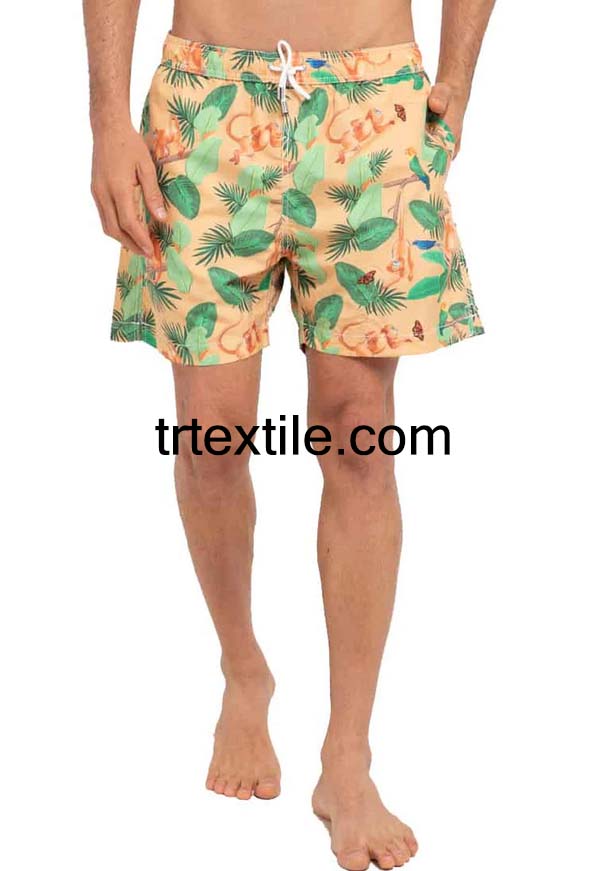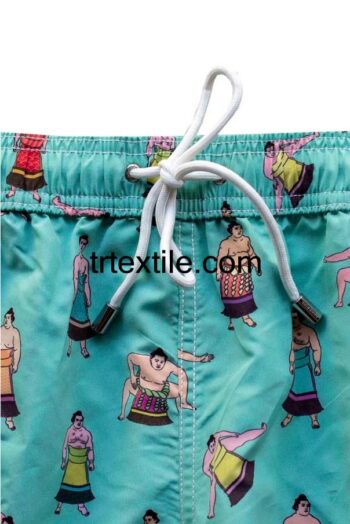Shorts are a popular style of clothing that are commonly worn during the warmer months of the year. They are a versatile piece of clothing that can be dressed up or down, depending on the occasion. Shorts come in a variety of styles, lengths, and fabrics, making them a staple in many people’s wardrobes.
The production model for shorts typically follows a similar process to other types of clothing manufacturing. The first step in the production process is designing the shorts. Designers will create sketches and patterns for the shorts, taking into account current trends, customer preferences, and the brand’s aesthetic. Once the design is finalized, it is sent to the production team for further development.
The next step in the production process is sourcing materials. Shorts can be made from a variety of fabrics, including denim, cotton, linen, and polyester. The production team will work with suppliers to source the fabric in the desired color and quality. Once the fabric is sourced, it is sent to the cutting department.
In the cutting department, the fabric is laid out and cut according to the patterns created by the designers. Precision is key in this step to ensure that each piece of fabric is cut to the correct size and shape. Once the fabric is cut, it is sent to the sewing department.
In the sewing department, the fabric pieces are sewn together to create the finished shorts. This step involves skilled seamstresses who use sewing machines to stitch the fabric pieces together. Quality control is crucial in this step to ensure that the shorts are well-constructed and free of any defects.
After the shorts are sewn together, they are sent to the finishing department. Here, any finishing touches are added, such as buttons, zippers, or embellishments. The shorts are then inspected for quality and any necessary alterations are made.
Once the shorts are finished, they are packaged and prepared for shipping to retailers. The production model for shorts typically involves working with overseas factories to manufacture the clothing at a lower cost. This allows brands to offer their shorts at a competitive price point while still maintaining quality.
Overall, the production model for shorts involves a series of steps from design to shipping. Each step is crucial in creating a high-quality product that meets customer expectations. By following a well-defined production model, brands can efficiently produce shorts that are stylish, comfortable, and durable.




